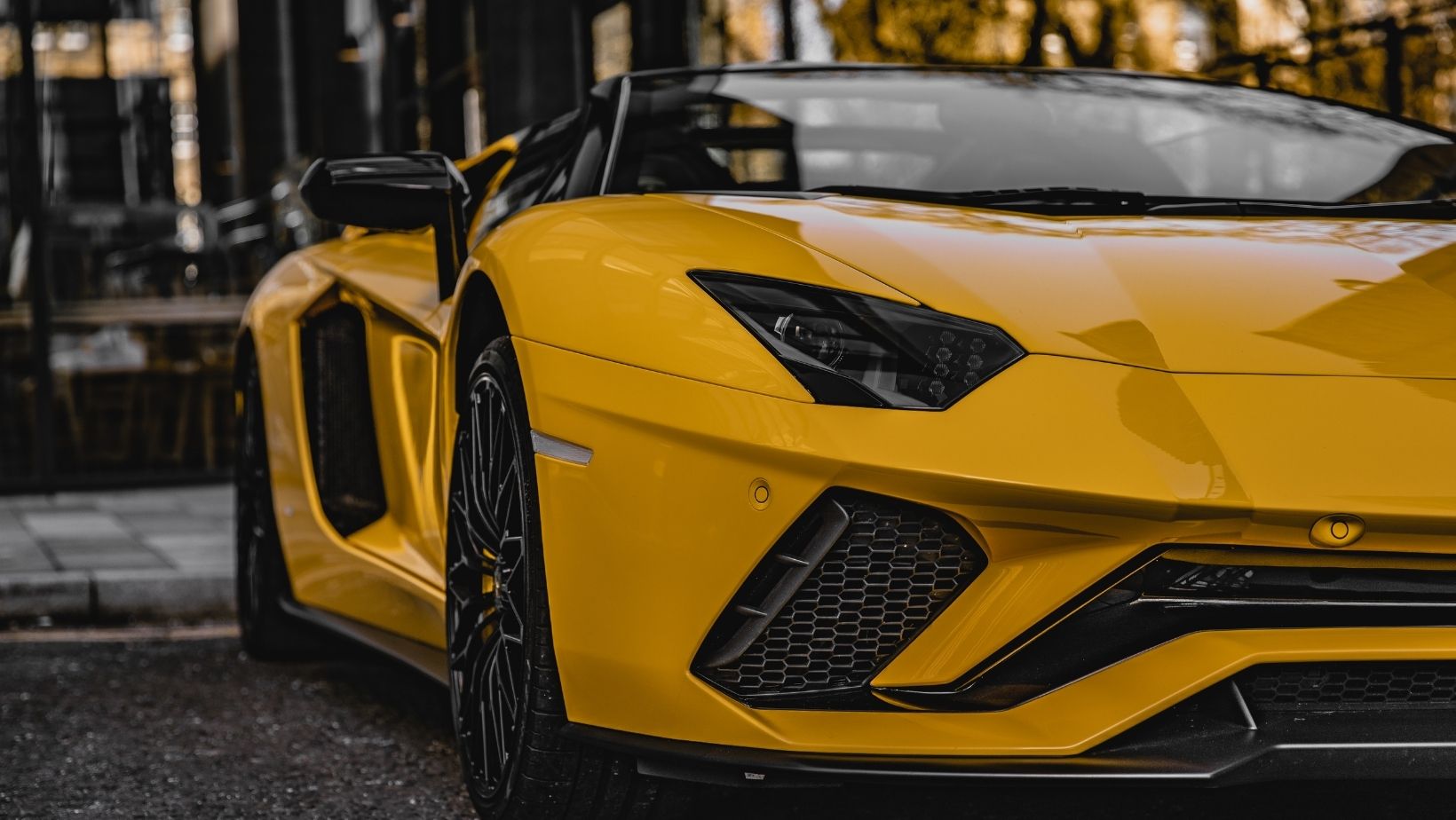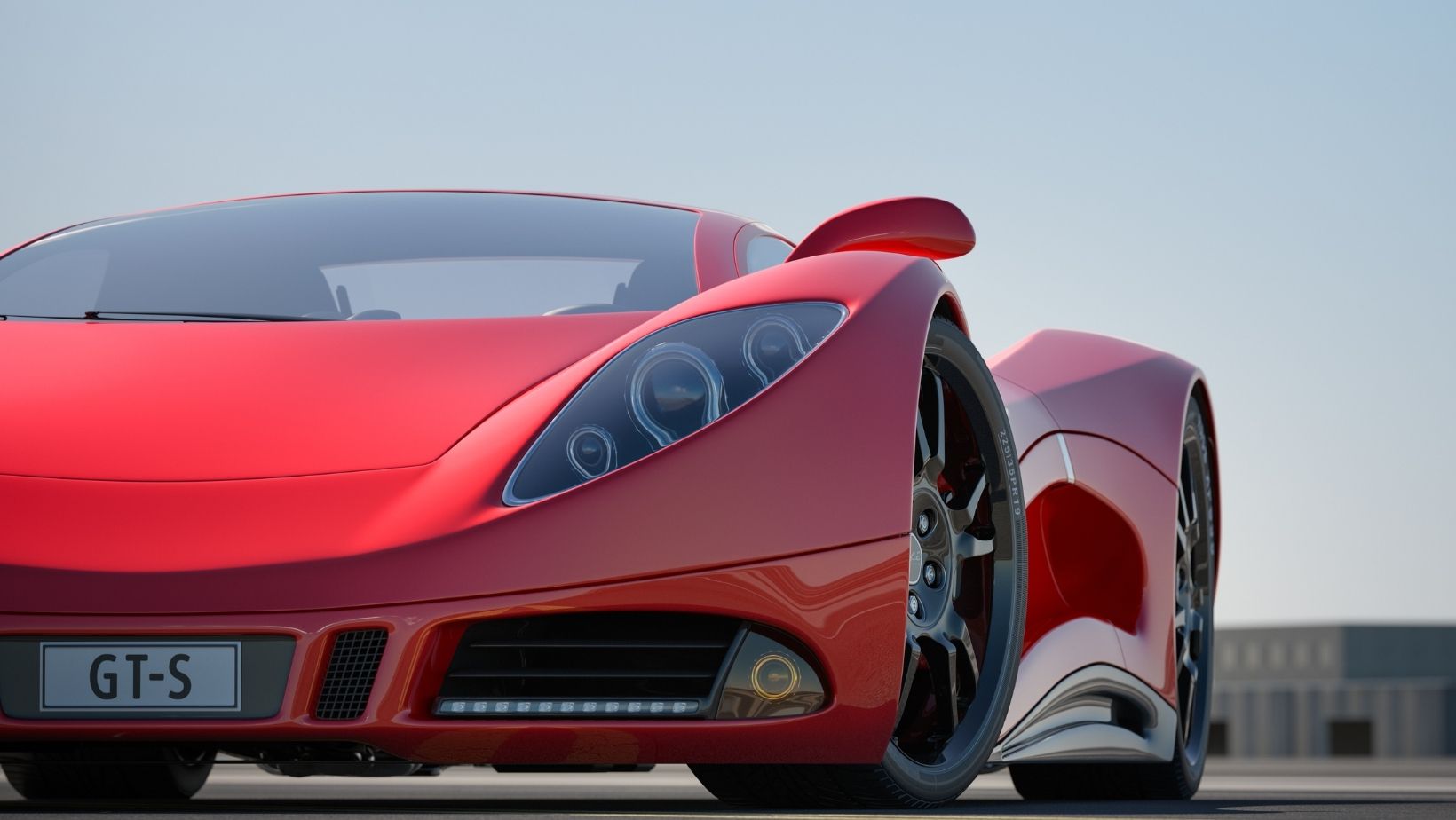Supercars are the pinnacle of automotive engineering. With their sleek designs, roaring engines, and price tags often exceeding six figures, they represent a dream for many car enthusiasts. But not every supercar maintains its pristine status. Accidents, floods, theft, or natural disasters can lead to some of these machines being declared total losses by insurance companies, turning them into salvage supercars for sale.
For those with mechanical know-how or a taste for automotive adventure, these salvage supercars present a rare opportunity: a chance to own or restore an exotic vehicle at a deeply discounted price. Of course, not every story ends with a dream garage. These cars carry risks that can turn an exciting project into a costly regret. So, should you take the plunge? Let’s explore what’s involved in buying salvage supercars and how to do it wisely.
What Are Salvage Supercars?
A salvage supercar is an exotic or high-performance vehicle that has been given a salvage title due to an insurance claim. This title status typically follows a major incident, such as:
- Collision damage (even cosmetic in some cases)
- Flood or fire exposure
- Theft recovery (with missing parts)
- Vandalism
- Hail damage
Because of the high value of supercars, even relatively minor damage can push repair estimates over the threshold for an insurance write-off. The cost of parts and specialized labor is so high that insurers often opt to total the vehicle and sell it at auction.
Why Consider Buying a Salvage Supercar?
1. Massive Cost Savings
A supercar with a salvage title can be purchased for 30–70% less than its clean-title equivalent. For instance, a Ferrari 458 Italia with a clean title may cost $200,000, while a salvage version might go for $80,000 to $100,000, depending on the damage.
2. High-End Performance for Less
Even with some damage, many of these cars retain functioning drivetrains, suspension systems, or electronics. If you’re skilled or connected to specialized shops, you can restore the vehicle and enjoy supercar performance without supercar-level investment.
3. Parts Value Alone Can Justify the Price
Even if you don’t plan to drive or restore the vehicle, the parts themselves are incredibly valuable. From carbon fiber body panels to complex engine components, a salvage supercar can be parted out profitably.
4. Customization Potential
If you’re not looking to keep the vehicle factory-perfect, a salvage supercar can be the perfect base for customization or performance modification without the fear of devaluing a pristine collector’s car.
Risks Involved in Buying a Salvage Supercar
With great reward comes great risk. Salvage supercars aren’t for the faint of heart—or wallet.
1. High Repair Costs
Repairs on exotic cars require specialized tools, parts, and labor. Even something as simple as a bumper replacement can run into the thousands. Many parts are custom-built or need to be imported from the manufacturer.
2. Structural Damage Is Hard to Spot
Advanced construction materials like carbon fiber and aluminum are expensive to repair and often require complete replacement if damaged. Structural flaws may not be obvious but can affect safety and performance.
3. Difficult to Insure or Finance
Many lenders won’t finance a salvage title vehicle, especially a supercar. Insurance can be equally tricky, with limited coverage options and higher premiums.
4. Resale Value Will Always Be Lower
Even after repairs, a supercar with a salvage title will command significantly less than its clean-title counterpart. You need to go into the purchase knowing it may be difficult to resell later.
Where to Find Salvage Supercars for Sale
You won’t find these cars in the typical dealership lot. Instead, look to:
- Online salvage auction platforms that specialize in exotic and luxury vehicles
- Insurance auctions that handle total loss claims from high-end vehicles
- Performance and exotic car rebuilders who sell incomplete or project cars
- Exotic car forums and communities, where members may sell off unfinished builds
Be wary of listings with unclear damage reports or vague history. Always ask for detailed photos, service records, and damage documentation when possible.
Popular Salvage Supercars You Might Encounter
- Ferrari 458, 488, F430
- Lamborghini Gallardo, Huracán
- McLaren 570S, MP4-12C
- Audi R8
- Porsche 911 Turbo, GT3
- Nissan GT-R
- Aston Martin V8 Vantage, DB9
These models are often involved in collisions or suffer damage due to theft or flooding. Because repair costs are high, they frequently appear in salvage auctions even with moderate issues.
What to Consider Before Buying
1. Type and Extent of Damage
Cosmetic damage (scratches, dents, scuffed bumpers) can be relatively easy to fix. Structural or drivetrain damage, especially involving exotic materials or complex components, is far riskier and more expensive.
2. Availability of Parts
Some supercars have limited production runs, meaning parts can be hard to find—or incredibly expensive. Always research parts availability for the specific model you’re considering.
3. Repair Resources
Do you have access to a shop that specializes in exotic cars? Not every mechanic can (or should) touch a Lamborghini or McLaren. If you’re doing the work yourself, make sure you understand what you’re getting into.
4. State Laws and Title Regulations
Some states require extensive inspections before a salvage car can be legally titled or registered again. Others restrict vehicles with “irreparable” or “junk” designations from ever returning to the road.
Case Study: Rebuilding a Salvage Lamborghini Gallardo
Let’s say you purchase a 2012 Lamborghini Gallardo with front-end damage for $60,000. A clean version might retail for over $130,000. Here’s a breakdown of what you might encounter:
- OEM bumper and headlight assembly: $9,000
- Radiator and cooling system: $4,000
- Paint and labor: $7,000
- Inspection and registration fees: $1,000
- Miscellaneous repairs: $3,000
Total investment: Around $84,000
Estimated rebuilt value: $90,000–$100,000
You’ve saved money, and you now own a functioning Lamborghini. However, you’ve also taken on risk, time, and stress. If resale isn’t your goal and you just want to drive the dream, it might be worth it.
Tips for First-Time Buyers
- Start with extensive research—know the model inside and out.
- Hire an exotic car specialist to inspect the vehicle if possible.
- Avoid flood-damaged vehicles, especially with electronics-heavy models.
- Look for minor cosmetic damage rather than frame or engine problems.
- Budget for more than the sticker price—repairs, parts, inspection, and title work add up fast.
Can a Salvage Supercar Be a Good Daily Driver?
That depends. Some people daily-drive rebuilt supercars, but it’s not without challenges. Ride height, visibility, fuel economy, and maintenance costs make most supercars ill-suited to commuting. Additionally, parking and theft risk are constant concerns.
However, if you’re after weekend thrills or a show-stopping cruiser, a salvage supercar can deliver everything you want—at a price point you can live with.
Final Thoughts
Salvage supercars for sale offer something rare: a shot at owning a piece of automotive perfection without paying the full premium. For the mechanically skilled or well-connected buyer, the rewards can be thrilling—both financially and emotionally. But these machines demand respect. Cut corners, and you could find yourself buried in repair bills with a car you can’t drive or sell.
Approach with knowledge, patience, and realistic expectations. Done right, your salvage supercar could be more than just a project—it could be the fulfillment of a lifelong dream, one turn of the key at a time.


